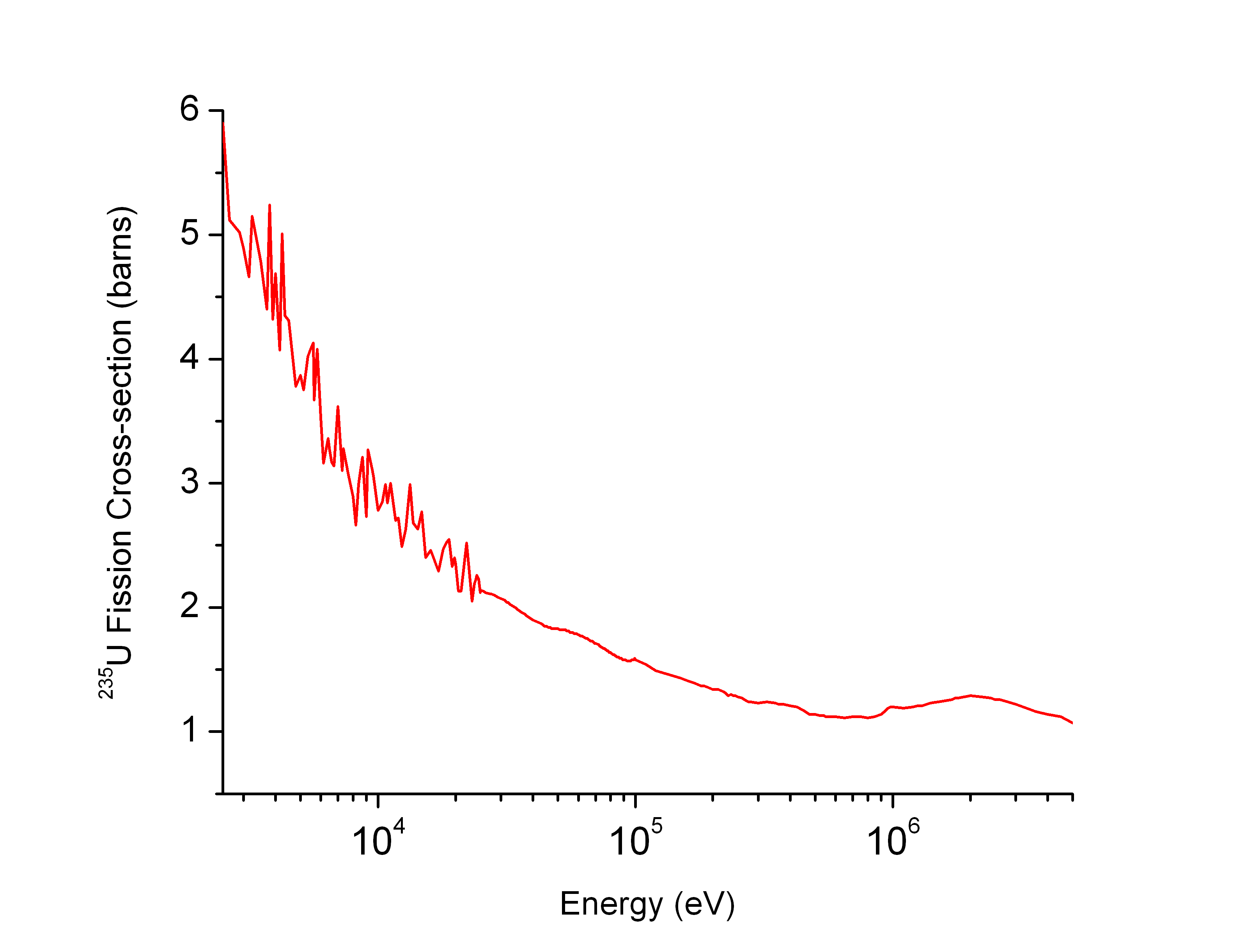Baryon Updated 2025-07-16
Baryon vs meson vs lepton Updated 2025-07-16
"Barys" means "heavy" in Greek, because protons and neutrons was what made most of the mass of known ordinary matter, as opposed notably to electrons.
Baryons can be contrasted with:
- mesons, which have an even number of elementary particles. The name meson comes from "medium" since their most common examples have two quarks rather than three as the most common baryons such as protons. So they have less mass than a proton, but more than an electron, this medium mass.
- leptons, which are much lighter particles such as the electron. "Leptos" means "fine, small, thin".
Chicago Pile-1 Updated 2025-07-16
Getting funding for the Chicago Pile Edward Teller interview by Web of Stories (1996)
Source. - youtu.be/mnScq24BEmc?t=114 the main cost for the reactor was the graphite. Presumably they already had the uranium in hand?. Edit, no, it is because it was a specialized graphite: Video 2. "German graphite from The Genius Behind the Bomb (1992)", i.e. nuclear graphite.
Direct energy conversion Created 2024-08-02 Updated 2025-07-16
- www.iter.org/sci/MakingitWork ITER page mentions that 80% of energy goes out on neutrons and that capturing this is a major challenge[ref]
- 2024 DARPA announcement: x.com/DARPA/status/1819112110988657075
We're requesting info & ideas for fundamental breakthroughs to enable high-power, direct conversion from nuclear energy into electricity by converting reactor neutrons to alphas or betas for voltaics.
Neutron cross section Created 2024-08-14 Updated 2025-07-16
Neutron temperature Updated 2025-07-16
Nuclear force Updated 2025-07-16
Plutonium-239 Created 2024-08-14 Updated 2025-07-16
Plutonium-240 is a contaminant.
Plutonium-240 Created 2024-08-14 Updated 2025-07-16
This isotope shows up as an inevitable contaminant in Plutonium-239 for nuclear weapons, because it emits neutrons too fast and makes it harder to assemble the critical mass without fizzle.
It is the presence of this contaminant that made implosion-type fission weapon a necessity: Section "Gun-type fission weapons don't work with plutonium".
Thermal neutron Created 2024-08-14 Updated 2025-07-16
These are neutrons that have reached the thermal equilibrium according to the Maxwell-Boltzmann distribution after having bounced around many times without undergoing neutron capture.
Good fissile material is material that is able to absorb thermal neutrons and continue the reaction, because that's the type of neutron you end up getting the most of.
Weak interaction Updated 2025-10-14
Explains beta decay. TODO why/how.
Maybe a good view of why this force was needed given beta decay experiments is: in beta decay, a neutron is getting split up into an electron and a proton. Therefore, those charges must be contained inside the neutron somehow to start with. But then what could possibly make a positive and a negative particle separate?
- the electromagnetic force should hold them together
- the strong force seems to hold positive charges together. Could it then be pushing opposite-charges apart? Why not? In any case this force doesn't seem to act on electrons, only quarks.
- gravity is too weak
www.thestargarden.co.uk/Weak-nuclear-force.html gives a quick and dirty:Also interesting:
Beta decay could not be explained by the strong nuclear force, the force that's responsible for holding the atomic nucleus together, because this force doesn't affect electrons. It couldn't be explained by the electromagnetic force, because this does not affect neutrons, and the force of gravity is far too weak to be responsible. Since this new atomic force was not as strong as the strong nuclear force, it was dubbed the weak nuclear force.
While the photon 'carries' charge, and therefore mediates the electromagnetic force, the Z and W bosons are said to carry a property known as 'weak isospin'. W bosons mediate the weak force when particles with charge are involved, and Z bosons mediate the weak force when neutral particles are involved.
Weak Nuclear Force and Standard Model of particle physics by Physics Videos by Eugene Khutoryansky (2018)
Source. Some decent visualizations of the field lines.